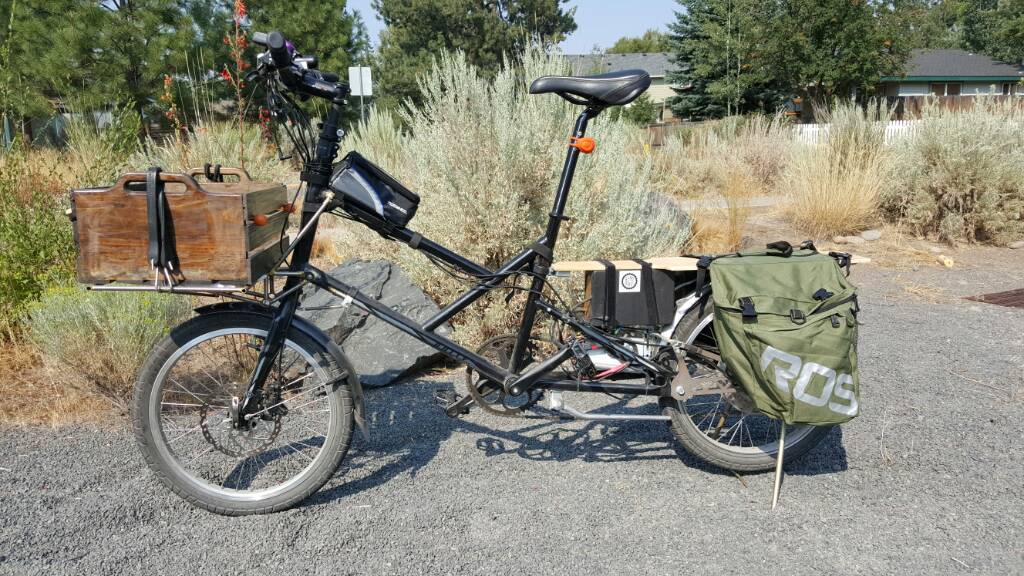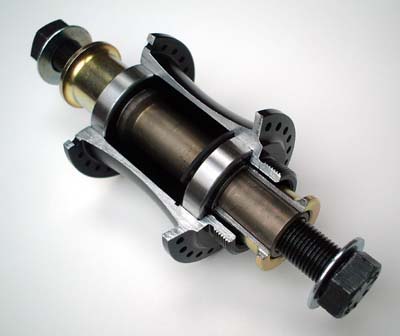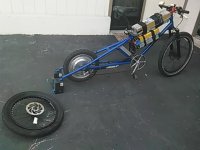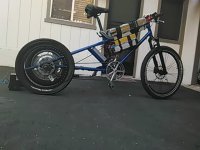dogman dan
1 PW
FWIW, motorcycles are mid drives. So none of that really applies to how hub motors run.
Chalo is not really wrong at all. He's just got a different, more slow traveling point of view. The disagreement is really comparing apples to oranges mostly. 26" wheel is wrong for some applications, right for others.
Once you start thinking in terms of above 2000w of motor, then it does get dumb to want a 26" wheel hub motor wheel for street use. Plenty of power now to overcome any issues with lower rolling resistance. But if your bike will be used on street and dirt, the many 26" full suspension bike builds are the way. Or, at least, not quite as small a wheel as a scooter or 20" bike wheel.
Re visiting one of Chalo's points, as cars have needed better MPG lately, tires have gotten larger diameter. But again, mid drive, they adjust the gearing for the large wheel.
Chalo is not really wrong at all. He's just got a different, more slow traveling point of view. The disagreement is really comparing apples to oranges mostly. 26" wheel is wrong for some applications, right for others.
Once you start thinking in terms of above 2000w of motor, then it does get dumb to want a 26" wheel hub motor wheel for street use. Plenty of power now to overcome any issues with lower rolling resistance. But if your bike will be used on street and dirt, the many 26" full suspension bike builds are the way. Or, at least, not quite as small a wheel as a scooter or 20" bike wheel.
Re visiting one of Chalo's points, as cars have needed better MPG lately, tires have gotten larger diameter. But again, mid drive, they adjust the gearing for the large wheel.












